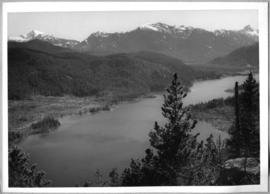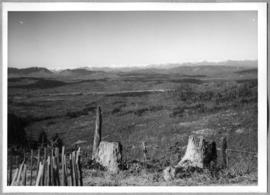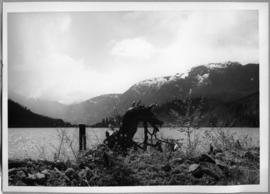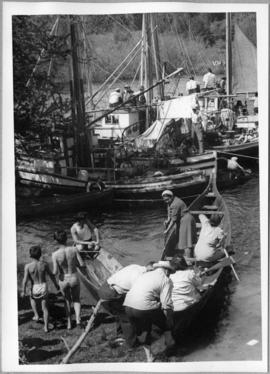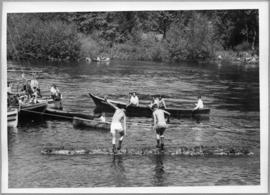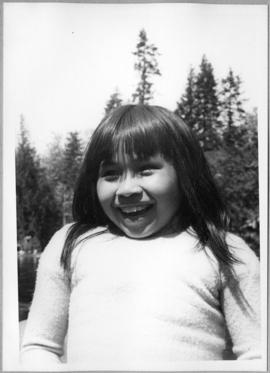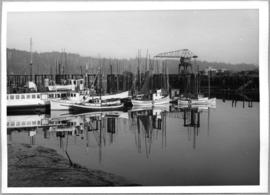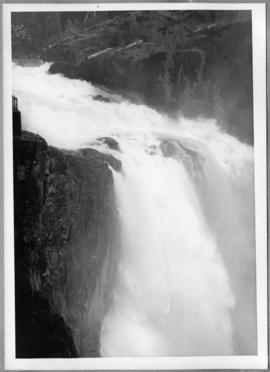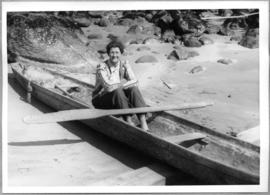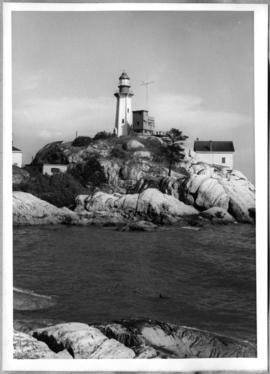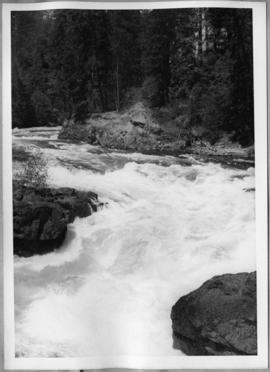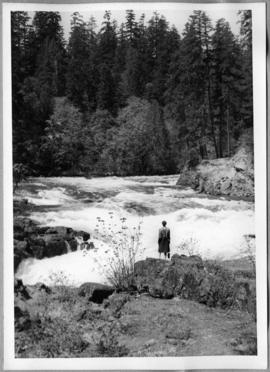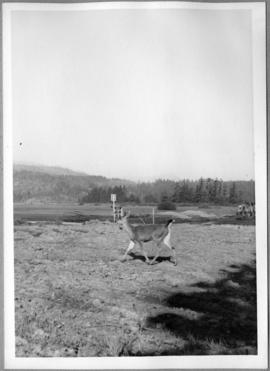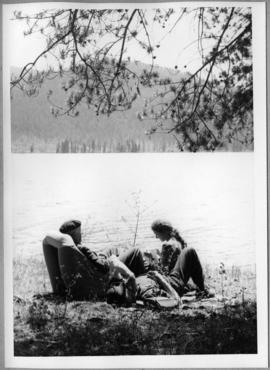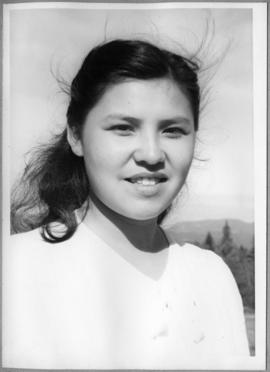Title and statement of responsibility area
Title proper
Stanley E. Read fonds
General material designation
- Digital Media
Parallel title
Other title information
Title statements of responsibility
Title notes
- Source of title proper: Title based on the name of the creator of the records.
Level of description
Fonds
Reference code
Edition statement
Edition statement of responsibility
Statement of scale (cartographic)
Statement of projection (cartographic)
Statement of coordinates (cartographic)
Statement of scale (architectural)
Issuing jurisdiction and denomination (philatelic)
Dates of creation area
Date(s)
Physical description area
Physical description
77 photographs : tiffs
5 p. textual records : tiffs
1 journal : tiffs
Publisher's series area
Title proper of publisher's series
Parallel titles of publisher's series
Other title information of publisher's series
Statement of responsibility relating to publisher's series
Numbering within publisher's series
Note on publisher's series
Archival description area
Name of creator
Biographical history
Stanley E. Read was born on February 7, 1900, in Rock Island, Quebec. He earned the degrees of Bachelor of Arts in 1923 and Master of Arts in 1925 from McGill University in Montreal, Quebec. After going to France on a scholarship from 1925 to 1927 and a brief employment at Bishop’s College in St. John’s, Newfoundland, Read moved to Chicago, Illinois in 1928 to work as an English Professor at DePaul University. While in Chicago, he met his wife, Ruth Read, whom he married in 1940. In 1946, Read moved to Vancouver and joined the Department of English at the University of British Columbia. He continued to teach in the department until his retirement in 1971. Read passed away in Vancouver on April 8, 1997 at the age of 97.
Read’s lasting contributions to the University of British Columbia are numerous. In 1953, Read was one of the eight U.B.C. professors who, along with writer Roderick Haig-Brown, started a foundation at U.B.C. with a small sum of money accumulated from “various bets and fines for illegal or non-ethical fishing methods” during a group fishing holiday at Upper Campbell Lake. The foundation, playfully called “The Harry Hawthorn Foundation for the Inculcation and Propagation of the Principles and Ethics of Fly-Fishing,” used its proceeds to purchase books on angling and game fishing for the U.B.C. Library, and over time produced what is now known as the Harry Hawthorn Foundation Collection. For 34 years, Read was the Secretary of the foundation and organized their annual fishing trips. Read was also instrumental in the organization of U.B.C.’s International House, and played a formative role in the creation of the University of British Columbia quarterly of English criticism and review, Canadian Literature.
Read wrote a number of articles, books, bibliographies, and book reviews about his academic interests and his hobby of fishing. Publications by Read include A Bibliography of Hogarth Books and Studies, 1900-1940 (DePaul University, 1941); Documents of Eighteenth Century Taste (DePaul University, 1942); What Manner of Man Was He? Andrew Carnegie and Libraries in British Columbia (University of British Columbia, 1960); More Recreation for the Contemplative Man: A Supplemental Bibliography of Books on Angling and Game Fish in the University of British Columbia (compiled with Laurenda Daniells. Library of the University of British Columbia, 1971); and A Place Called Pennask: A Capsule History of the Pennask Lake Company, Limited and the Pennask Lake Fishing and Game Club (Mitchell Press, 1977).
Read was also a hobbyist photographer and took many photos during his fishing trips and vacations with his wife, Ruth. Some of his photographs were featured in British Columbia: A Centennial Anthology (McLelland and Stewart, 1958), and one of his photographs was used for the cover of the book A Small and Charming World (Creekstone Press, 2001).
Custodial history
Custody of the materials was passed directly from Stanley Read to his son, George E. Read. George Read retains custody of the originals, but allowed for the materials to be digitized and made available through the Museum of Anthropology Archives in August, 2014.
Scope and content
Fonds consists of scans of two albums of photographs and one enlarged photograph captured by Stanley Read during two separate vacations through interior British Columbia with his wife, Ruth. Also included in the fonds is a scan of a journal which Stanley Read used to document the daily events of one of these trips, during which Stanley and Ruth travelled through Gitksan territory/Skeena Country. The photographs capture Gitksan totem poles, people, and wilderness encountered on their travels.
Notes area
Physical condition
Immediate source of acquisition
Arrangement
Language of material
Script of material
Location of originals
Availability of other formats
Restrictions on access
Originals not in custody of the Archives and not available for access.
Terms governing use, reproduction, and publication
See archivist for details.
Finding aids
Associated materials
Stanley Read’s collection of records pertaining to the establishment of International House at the University of British Columbia are housed at University Archives (UBC).
Accruals
No accruals expected
Alpha-numeric designations
Annotated page numbers on photo album pages correspond to information on pages in Barbeau, Marius. Totem Poles of the Gitksan, Upper Skeena River, British Columbia. Ottawa: F.A. Achland, 1929. MOA identifiers for the digitized materials range from a034781 – a034859.
Rights
Public domain
Alternative identifier(s)
Standard number area
Standard number
Access points
Subject access points
Place access points
Name access points
Genre access points
Control area
Description record identifier
Institution identifier
Rules or conventions
Status
Level of detail
Dates of creation, revision and deletion
Finding aid added to Atom on December 1, 2015.

